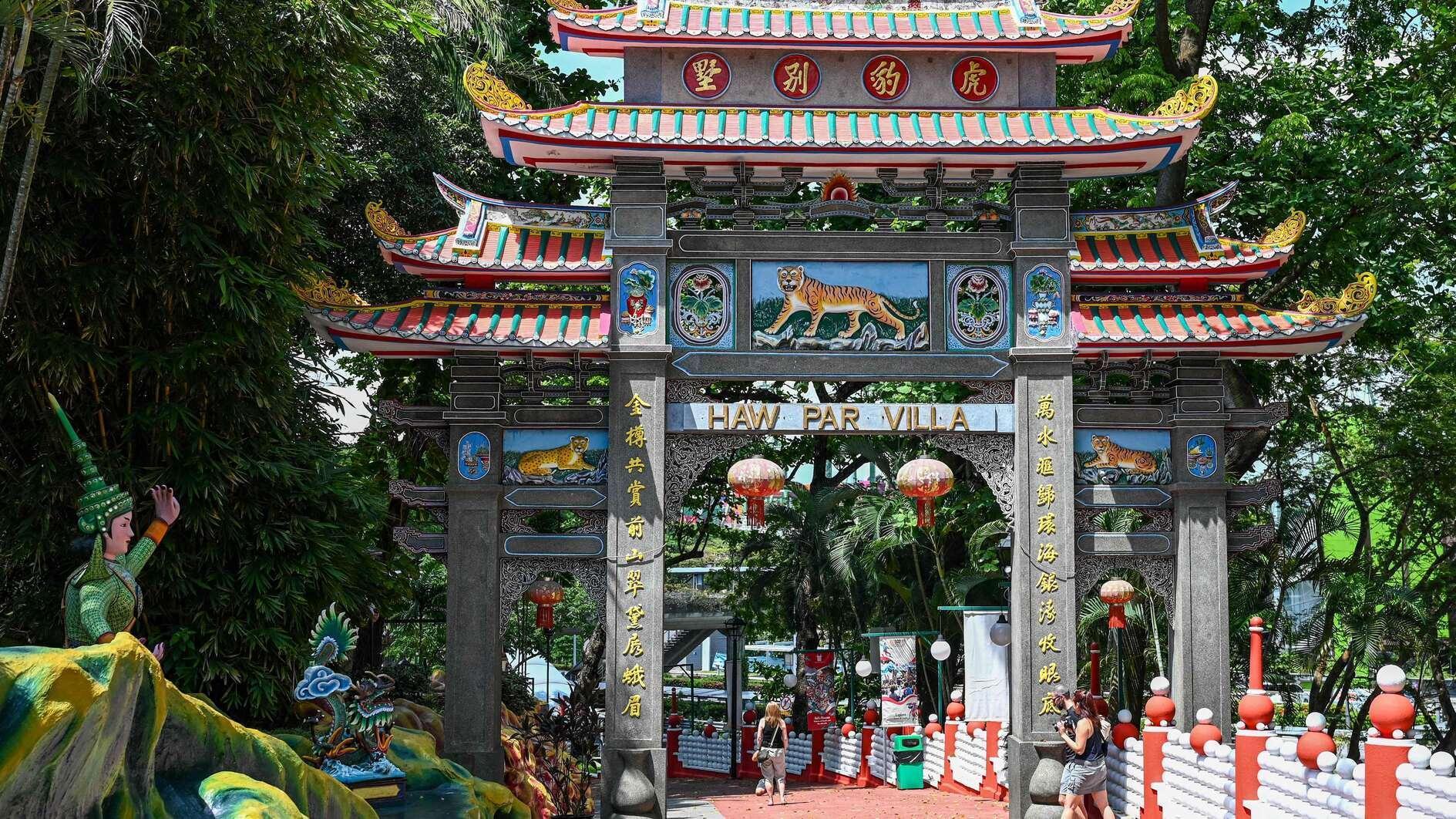
Gory grottos with demons impaling sinners on stakes and people drowning in a pool of blood are not part of your average theme park experience.
But at Hell's Museum in Singapore, the main attraction at the Haw Par Villa park, visitors are welcomed to a kitschy, air-conditioned hell on Earth.
Inside the sprawling park complex with over 1,000 statues and dioramas showcasing Asian culture, faiths and philosophy, Hell's Museum exhibits various religious views on the afterlife.
Visitors are encouraged to learn about the 10 Courts of Hell through intense depictions of punishments for earthly sins.
At court number two, for instance, corruption gets you frozen in ice while rapists at court seven are thrown in boiling oil.
The 10 Courts of Hell are "the result of the mixing of four different religions and philosophies: Buddhism, Taoism, Hinduism, Confucianism," said Eisen Teo, the chief curator of Hell's Museum in the multicultural city-state.
"The sculptures and dioramas are a visual dissection of many classics, stories and moral values that many Singaporeans have and are familiar with," Teo said.
Visitor Gin Goldberg told AFP she wasn't so surprised to learn that many religions had differing opinions on the afterlife.
"One person's heaven would be another person's hell," the American said.
The odd park stands apart from gleaming Singapore's mainstream tourist attractions such as the luxury shops of Marina Bay Sands or the towering "supertrees" of Gardens by the Bay.
Haw Par Villa was built in 1937 by entrepreneur Aw Boon Haw, known for co-developing Asia's much-loved Tiger Balm pain relief rub.
While fondly remembered by older generations, the park has had trouble attracting the Gen Z crowd and younger millenials, according to Journeys, the firm that manages the park.
To broaden appeal, it has held several rave parties and other private events, but not too near to religious exhibits.
"After they came here [for the parties] they fell in love with the quirky, eccentric park, with these cool sculptures. Fell in love with them and they keep doing repeat visits," said Savita Kashyap, Journeys' executive director.
While Haw Par Villa isn't just about the afterlife, and raves, it also displays scenes from Chinese folklore such as "Romance of the Three Kingdoms," its hellish attraction remains the top draw.
But not for all.
One Filipina visitor told AFP while leaving that she won't be returning anytime soon.
"It's very scary," she said.